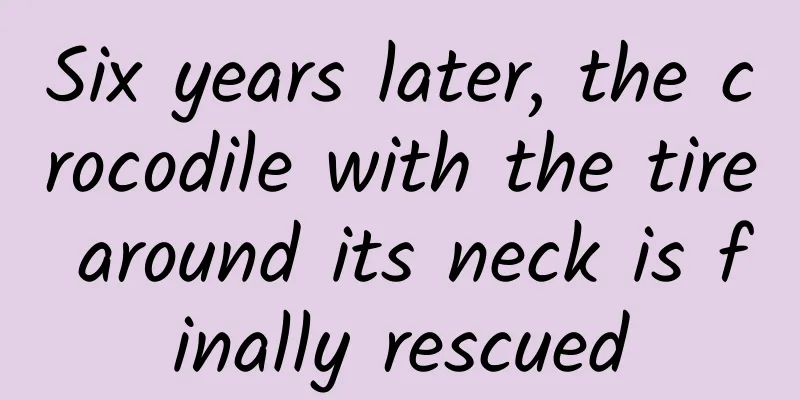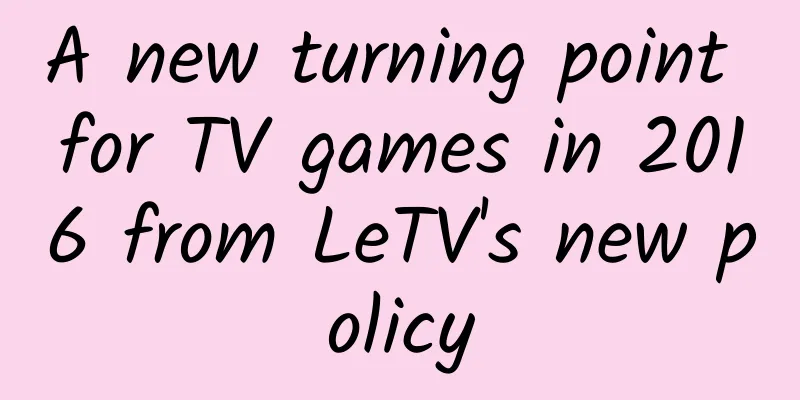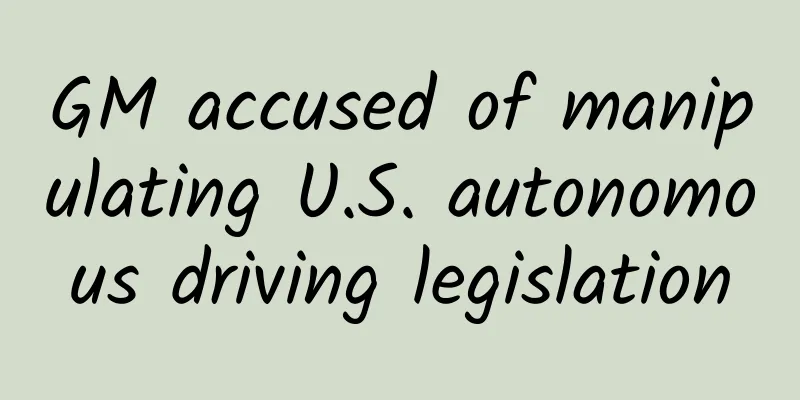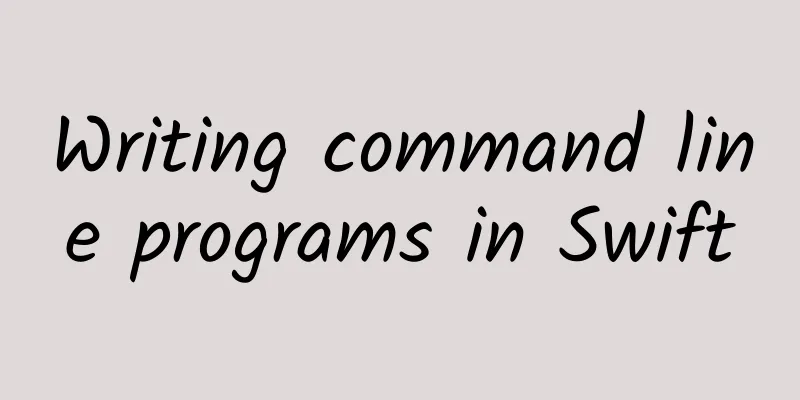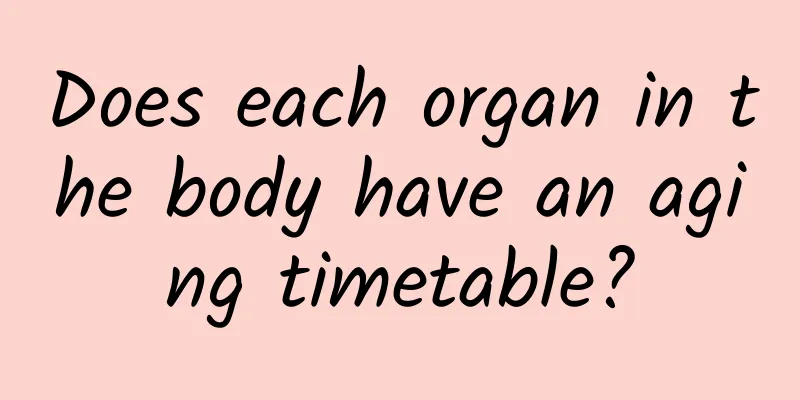How to apply the addiction model in activity design of game products?

|
Recently, one of the team's stage goals for product operations is to increase the activity of our users, so after discussion, it was decided to develop an activity in subsequent versions to promote user activity through red envelope rewards. I just happened to read the book "Addicted: Four Major Product Logics that Help Users Develop Usage Habits" recently, which was quite inspiring in the process of activity design thinking. So I would like to take this opportunity to share with you my thoughts on the design of this operation activity, and how to apply the addiction model in activity design to better achieve our activity goals. 1. What is the addiction model?The Hook Model is a model (Hook Model) proposed by the author of the book to explain why users cannot stop using certain products. It mainly uses four aspects: "trigger", "action", "variable rewards" and "investment" to make users develop habits. Through this continuous cycle, user reuse can be achieved. The value of this model in the product lies in that it provides a reference for the behavioral path that makes users dependent. In product/activity design and operation, it allows users to form usage habits step by step and achieve operational goals. 2. Activity goals and implementation logicAfter talking about the basic theoretical knowledge, we still have to return to actual work. Only by combining practice with theory can we carry out our work correctly. First, let me introduce the product. The product we operate is a game product. The core value of users lies in their participation in games. We also focus on users' games, so the form of this activity is that users can get cash rewards by completing game tasks. Users can participate once a day during the activity period, but they need to sign up for tasks when participating every day. Tasks are randomly assigned, and rewards vary with the difficulty of users' tasks on that day. In theory, the higher the difficulty of the task on that day, the greater the probability of getting a higher reward. The purpose of our event is to increase user activity through this event. Implementation logic: Stimulate users to receive rewards through daily games and continue to participate in activities the next day to form participation habits. 3. Combination of various steps of the addiction model1. TriggerTrigger is the first node of user's addictive behavior, which can prompt users to take action. In order to effectively encourage users to take action, it is necessary to remind users what to do from their perspective. It is divided into internal trigger and external trigger. [Internal trigger] I understand it as a desire or need within the user. What I am thinking about here is why users want to further participate in our activities besides playing games. Let’s go back to the characteristics of the game and why users want to play games. The reason is the virtual nature of the game, which allows users to gain value from this activity that is difficult to obtain in reality. The main incentive for us is cash red envelopes. If we just say "money" or "wealth" it would be too thin, so we package it as "fortune" here. Arousing the user's inner desire for wealth may not make them rich in the game, but by participating in this activity, they can gain wealth and satisfy their expectation of bringing this wealth into reality. [External trigger] means reminding users about products, function settings, and publicity. Now that the internal trigger point has been determined, the setting of the external trigger can be based on this point. For example, the promotional copy of the event, the event display icon, the overall game UI style, the loading page, etc., are used to remind users of the next action. 2. ActionThere are two factors that influence users' decision to take action: one is that the user is willing to take action, and the other is that the user is able to take action. Considering that there are many reasons why users are unwilling to participate, it is time-consuming and laborious to solve them for short-term activities. Therefore, it is a priority to solve the problem of user participation ability in activity settings. This requires considering whether the user participation process is friendly and can be completed smoothly, and whether it is easy to operate and understand from the moment the user clicks to participate in the activity to the moment the task is completed and the reward is received. At this stage, it is necessary to invite more unfamiliar users to test and understand the user experience, optimize tedious steps, and reduce users' cognitive costs. 3. Variable rewardsThere are three main forms of variable rewards in the addiction model: social rewards, prey rewards, and self-rewards. Social rewards come from feedback from social relationships, prey rewards come from users' pursuit of unknown rewards, and self-rewards come from the desire for individual pleasure. When we set up activity rewards, we mainly focus on cash rewards. However, the amount of this cash reward is not a clear value. Instead, it is a reward given to users each time they open a red envelope. As for the amount of the red envelope opened, this is a random value. This satisfies users' pursuit of unknown rewards and maximizes the value of cash rewards. On the other hand, our rewards are determined based on the difficulty of the task the user receives when accepting the task. The higher the difficulty of the task, the greater the value of the corresponding reward. When users participate for multiple days, they will gradually discover that the probability of obtaining a grand prize will increase as the difficulty of the task increases, which will reduce the user's psychological resistance when doing tasks. 4. InvestmentThe ultimate success of the "addiction" model is not enough to rely solely on the effect of the product, but also requires the user's own investment, which relies on the user's need to form a habit. Therefore, when considering the user's investment, we set the threshold that users need to "sign up to participate". Unlike previous events where we allowed users to participate directly by default, this threshold is designed to increase users’ sunk costs and improve the possibility of users participating again. IV. ConclusionMy understanding of the application of the addiction model is not that it is necessarily a panacea, but it just provides some points for in-depth thinking in activity design to help users form usage habits. The most important point is actually to design operations around user habits. This is difficult, but if it can be achieved, product operations can reach a new level. Author: Aurora92 Source: Aurora92 |
<<: Analysis course on clothing sales experts
>>: The top 10 screen-sweeping cases in the first half of 2018!
Recommend
The latest notice on migrant workers returning home in Shanghai in 2022: Do returnees have to pay for quarantine at their own expense? Attached is a summary of the latest policies in various regions
Recently, I saw short videos online about people ...
Why do black truffles taste like gasoline?
There are always some ingredients that are out of...
Real estate and furniture industry landing page construction guide
Nietzsche said: "Whatever does not destroy m...
Digital Society Report for Asia Pacific: Harnessing emerging technologies to advance digital nation development
GSMA M360 Asia Pacific returns this year, hosted ...
How do optimizers quickly measure the running volume of materials?
In this article, we will talk about the basic ide...
Suggestions for marketing conference activities!
Conference activity plan suggestions For specific...
The whole process of activity operation
Everyone is familiar with event operations . It c...
2014 Touch Education Conference kicks off in Xiamen with four-day immersive cutting-edge training
2014 was a year of great expansion for mobile gam...
Dating and marriage: mathematics can help you find the best partner
Lovers will eventually marry. When we choose blin...
What exactly is this high-end “brand tone”?
At the last meeting, the boss brought up the conc...
Can anti-blue light glasses protect your eyes and prevent myopia? Attention! Not everyone is suitable for wearing them...
Expert of this article: Li Zongou, Master of Opht...
Sold for over 200,000 RMB, this may be the most expensive hair in the world
(Public Domain) Recently, a media article stated ...
Quickly understand Swift's classes and structures based on OC
First of all, I found that when writing Swift cod...
Difficulty of deep learning: The deeper the neural network, the harder the optimization problem
[[192056]] The core problem of deep learning is a...
Yan Xiaoyun built Alibaba's iron army in 10 days
Yan Xiaoyun: Building Alibaba's Iron Army in ...

